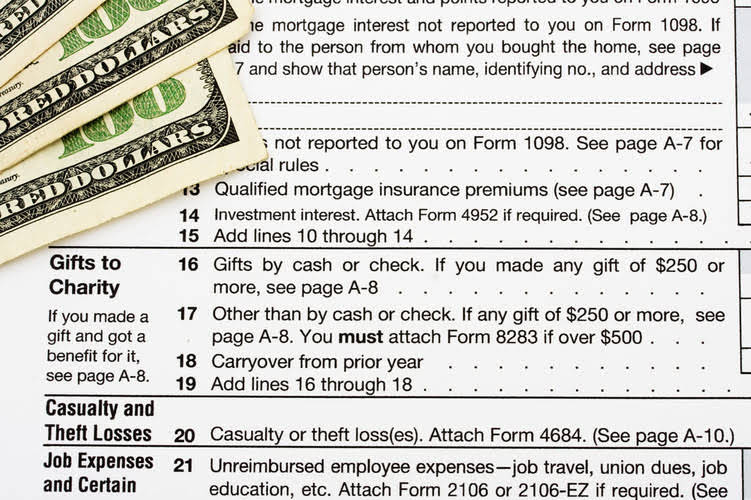Content
The balance sheet trial balance is used to ensure that the balances in the balance sheet are correct. As the bookkeepers and accountants examine the report and find errors in the accounts, they record adjusting journal entries to correct them. After these errors are corrected, the TB is considered anadjusted trial balance. Prepare a trial balance, listing each affected account for the period. Post the total amount into either the debit or the credit column, depending on if the account is an asset, liability, equity or expense. Total both the credit and the debit columns to see if they are equal. A trial balance is a financial report showing the closing balances of all accounts in the general ledger at a point in time.
- In other words, what if total debits don’t equal total credits?
- Adjusting entries are added in the next column, yielding an adjusted trial balance in the far right column.
- Otherwise if the two sides do not balance, there is existence of errors which need to be corrected.
- This will help ensure that the books used to prepare your financial statements are in balance.
- The journal is a chronological record, where entries accumulate in the order they occur.
Putting together a trial balance sheet is one way to make sure that your business’s accounts are on the right track. Here’s everything you need to know about the trial balance meaning in accounting, including its purpose and correct format. In that case, there is some error in the ledger posting for any particular account. The difference would be posted into a suspense account and rectified post discussion with management and the concerned team. Financial StatementsFinancial statements are written reports prepared by a company’s management to present the company’s financial affairs over a given period .
Creating the New Income Statement and Balance Sheet
The intent is to match revenues and expenses more correctly to the appropriate period. If you want to close an accounting period regardless of the Account Receivable summary data, you do not have to run trial balances. If unresolved transactions exist in this accounting period, Zuora will automatically warn you to fix these transactions. After resolving the issues, you can close the accounting period.
Who uses the trial balance?
Bookkeepers or accountants will prepare a trial balance before issuing formal financial statements. Business owners can also use them as a summary of account performance during an accounting period.
All involved want to avoid a lesser opinion, “Qualified,” or even worse, “Adverse.” The main difference between the trial balance and the balance sheet is who sees it. The purpose of a trial balance sheet is to detect https://www.bookstime.com/ errors so that they can be addressed before the formal balance sheet is presented to shareholders. Essentially, a trial balance is to be used internally, and the balance sheet is to share with external shareholders.
Accounting errors a trial balance can’t solve
The purpose of a trial balance is to ensure all the entries are properly matched. If the trial balance totals do not match, it could be the result of a discrepancy or accounting error. Generate a trial balance report from the ledger for the accounting period after posting your closing entries. For this reason, company management and accountants will use the trial balance period to rigorously search out and correct all accounting errors—whether they impact the trial balance or not. At the end of a reporting period, accountants create a trial balance from all active accounts, to see if total Debits equals total Credits. A trial balance is a report that lists the balance of the accounts in a business’s general ledger.
CCH Axcess products now available on a single platform – Accounting Today
CCH Axcess products now available on a single platform.
Posted: Mon, 19 Dec 2022 08:00:00 GMT [source]
Adjusting entries are added in the next column, yielding an adjusted trial balance in the far right column. Debits and credits of a trial balance must tally to ensure that there are no mathematical errors. However, there still could be mistakes or errors in the accounting systems. A trial balance can be used to assess the financial position of a company between full annual audits. There are no special trial balance conventions about how trial balances should be prepared, and they may be completed as often as a company needs them. If you’re entering accounting transactions manually or using spreadsheet software, running a trial balance is a must. If you’re using accounting software, you can still run a trial balance at the end of the accounting period to ensure that your ending balances look right.
Control and Subsidiary Accounts
If an account shows a higher balance than anticipated, review the activity to determine the discrepancy. When the difference between debit and credit totals is evenly divisible by 9, this is a mathematical indicator that the account balances may include a transposition error in one of the accounts. That is because the total of debit balances equals the total of credit balances.

The system uses checks and balances to ensure transactions are all accounted for, and to detect errors right away. An error of reversal is when entries are made to the correct amount, but with debits instead of credits, and vice versa. For example, if a cash sale for £100 is debited to the Sales account, and credited to the Cash account. An error of original entry is when both sides of a transaction include the wrong amount.
